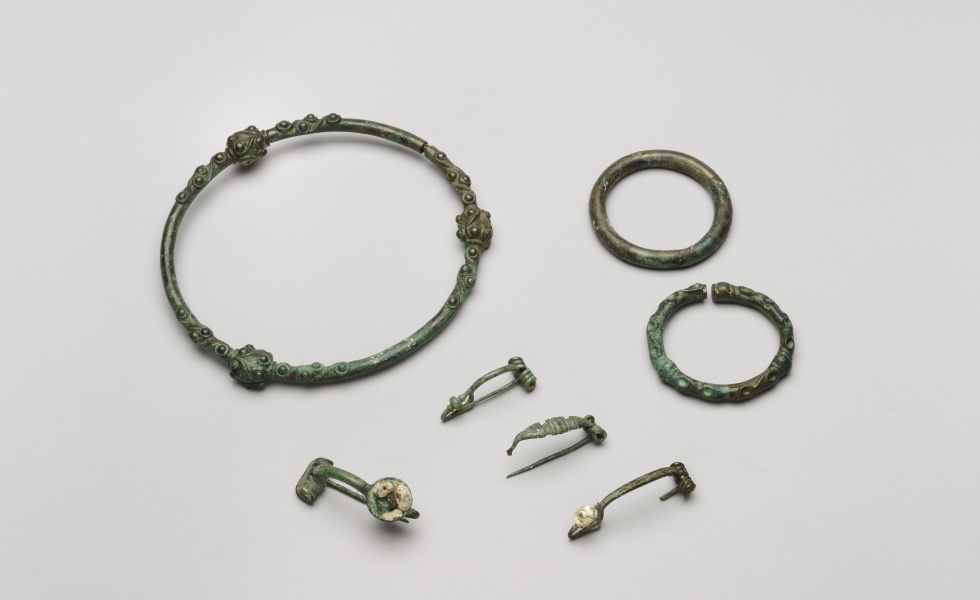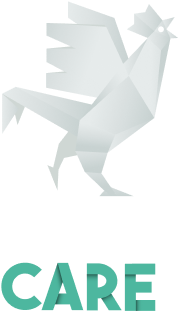Until September 2, the Henri Prades Museum in Lattes is exhibiting splendid ornaments worn by Gallic elites nearly 2,500 years ago, together with pristine ceramics and weapons. An exceptional collection on tour from Champagne.

Torcs, bracelets and ornaments, Villeseneux (Marne, France), IIIrd century BCE
Enthusiastic explorers
Yet another fact to overturn preconceived ideas about people long ignored by academic circles. The struggle to find out more was led by a handful of impassioned amateur archaeologists who have explored hundreds of Gallic necropolises in France’s chalky Champagne countryside. Their story is also told by the exhibition on loan from the Epernay museum, which has preserved the rich findings of these determined explorers.Among them, two figures stand out: “the Abbot Favret (1875-1950), who was the first to carry out solid work as an archaeologist, keeping logbooks and collecting ceramics and not just valuable objects; and André Brisson (1902-1973), a farmer with a keen eye, who tirelessly searched the Champagne territory and uncovered hundreds of graves, while also compiling a detailed inventory,” tells Diane Dusseaux, director of the Lattara archaeological site and Henri Prades museum.
Find out more…
There are 0 commentaires on this page
Leave a comment


